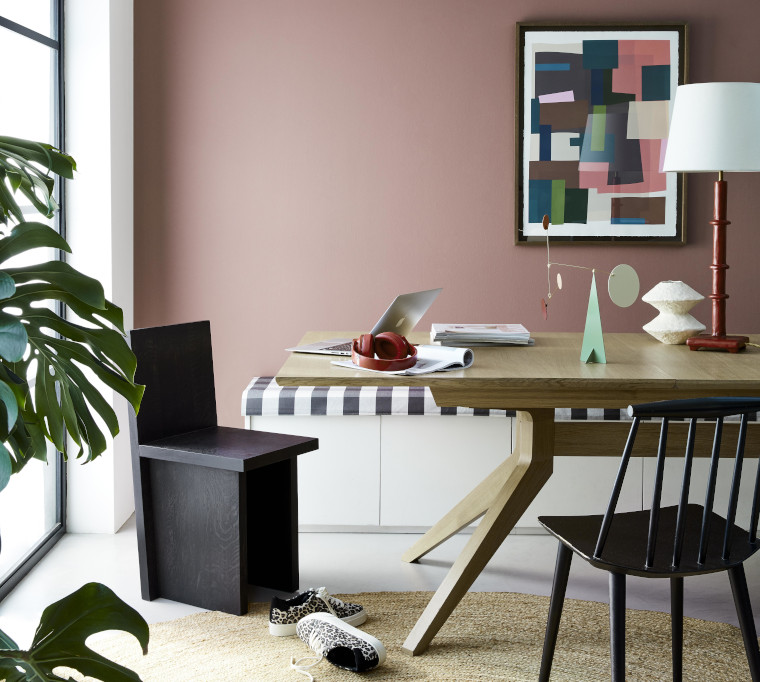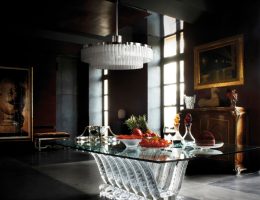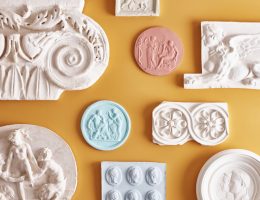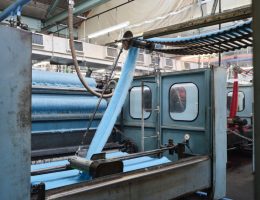Good paint is the result of fine ingredients and attention to colour consistency – as I found out on this recent factory visit
I love a factory tour so I was excited to visit the Little Greene paint production premises in North Wales. there is something magical about following the progress of raw materials from one end of the process through to the finished, packaged product at the end.
Little Greene is a family run business established by the delightfully enthusiastic David Mottershead who is now stepping back to let his children, Ben and Ruth, take over.
The factory, in the Snowdon foothills, produces Little Greene’s white base paint. Colour is then added either in store or at the company’s Manchester premises. Interesting fact: Little Greene is named after a tiny 18th century hamlet to the east of Manchester and each paint tin features an ancient map of that area.
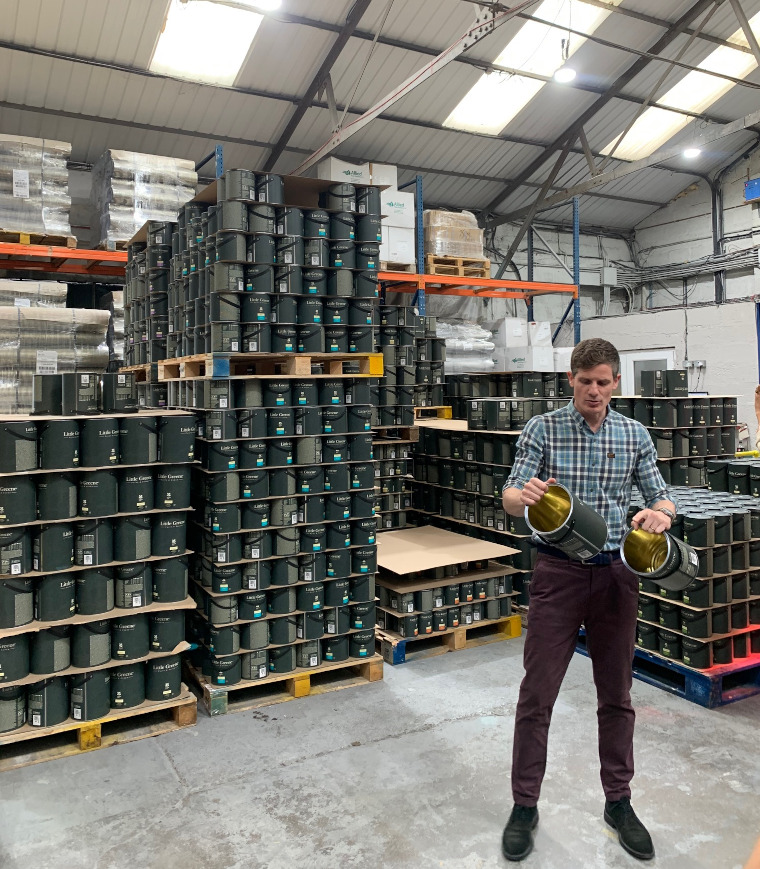
Little Greene claims to be the only British paint maker still producing a complete range of traditional and modern finishes. During our tour of the factory it was evident that these paints are made without compromise. Despite recent price hikes for raw materials (titanium dioxide one of the key components is sourced in Ukraine) Little Greene is committed to using the finest natural, organic ingredients and safe-synthetic pigments. These result in great depth of colour and consistent quality.
The production process is a little like baking a cake. First, titanium dioxide is mixed with water. TD is the whitest pigment you can get and getting the mix right makes the difference between a good paint that will cover in one or two coats, compared to a bad paint that takes up to four.
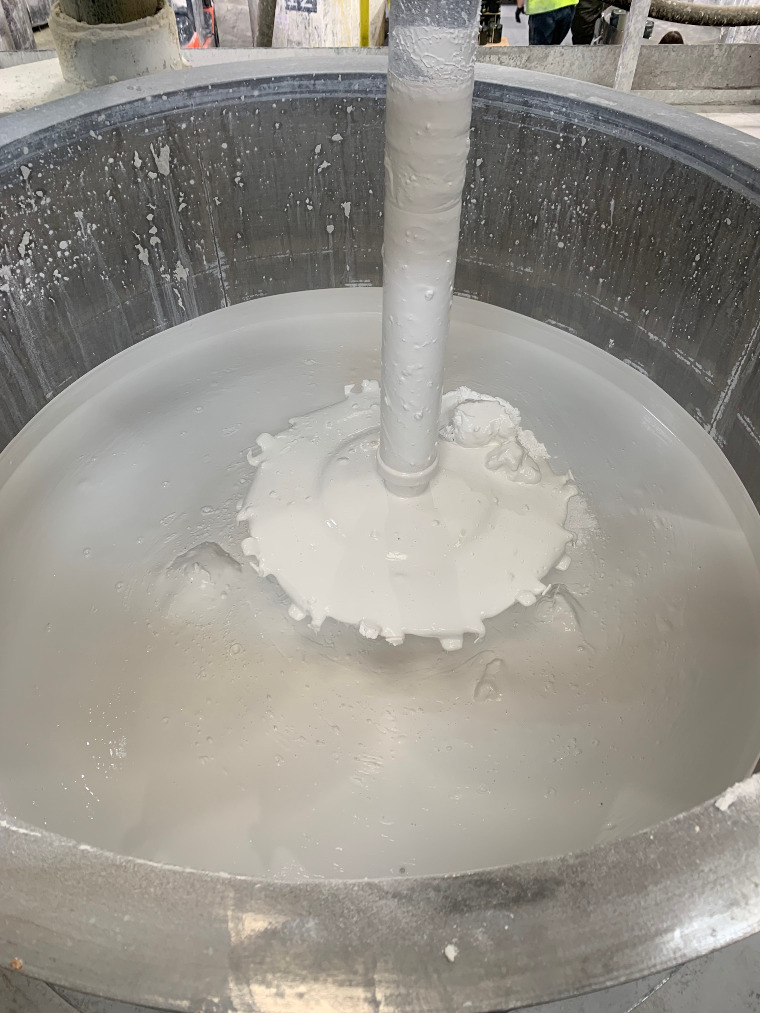
After this, various other ingredients are added including talc, china clay, silica and dolomite which all bring different properties to the paint from flexibility to washability. There is no shellac in Little Greene paint which has lead to the company being acknowledged by PETA for its vegan credentials. This carefully composed white base is then ready for colour. The industry norm for colour variance is 5%, Little Greene aim for 2% colour consistency, so that the sample pot or colour card the customer sees is as close to the final product as possible.
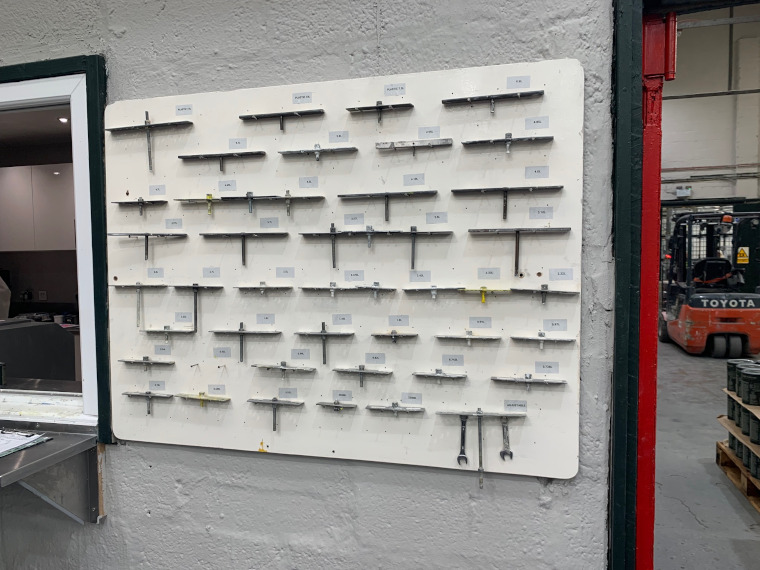
Little Greene also employ their own microbiologist who is exploring ways to reuse discarded paint. Unfortunately the resin in paint is attractive to fungus and bacteria, but the company has made great progress launching, last year, its Re:mix range mixed from unwanted and returned paint. Little Greene has already recycled 10,000 litres of paint that would otherwise have ended in landfill.
There is a carefully curated new collection on the way from this very British paint brand later in the year. So watch this space
